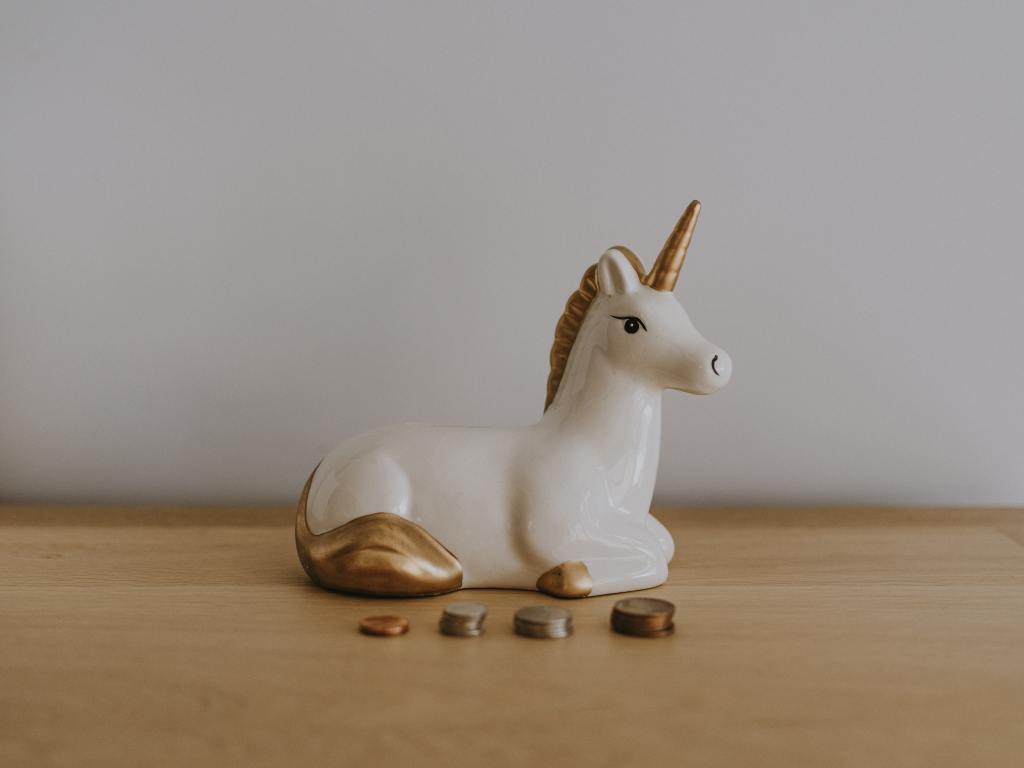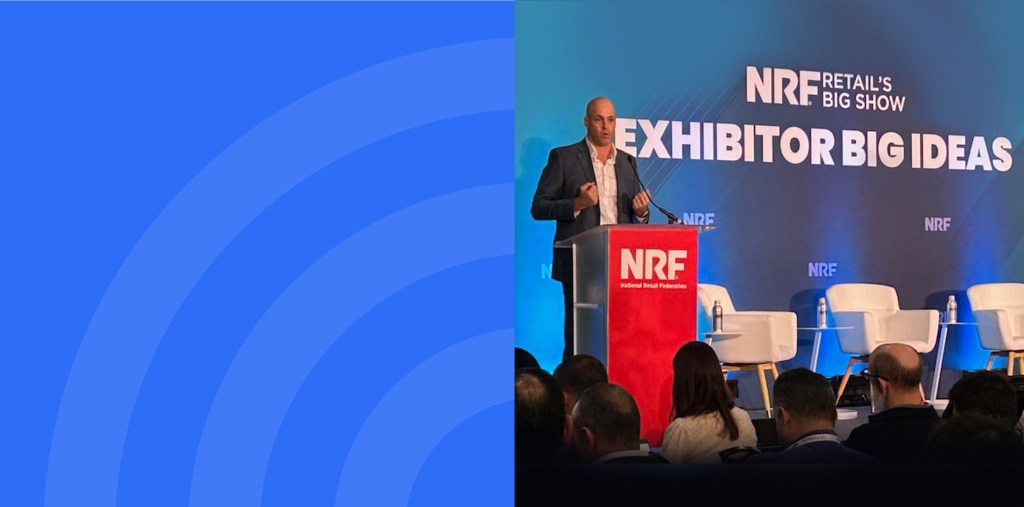As a consumer packaged goods (CPG) manufacturer, you need to understand your competitive landscape in order to achieve your business objectives. But is there a specific competitor you haven’t considered? Or a potential competitive advantage you might not be aware of? There’s only one way to know for sure, and that requires the right data. Retail sales data and competitive data help form a more complete picture of who your competitors are, where they’re operating and where they’re not, which may illuminate opportunities for growth. In today’s crowded CPG market, having a holistic view has never been more critical.
Why is understanding your competitive landscape so critical?
Understanding your competitive landscape involves knowing all of the key players in your market, which differs from other types of broader market analysis (e.g., market sizing). Competitor analysis provides an opportunity to go deeper and evaluate who’s operating in your space and how they operate.
What do you need to know about your competitors?
The short answer is: as much as possible. But depending on your product and your goals, you’ll want to hone in on different areas, including their:
- Price and package design
- Size
- Flavors
- Different product characteristics
- Promotional strategy
Whatever your business is looking to achieve, there are solutions to help you identify your competition and their weak spots so you can get ahead.
What does a competitive analysis look like in context?
Let’s say you’re a manufacturer of a new gluten-free cauliflower crust pizza. First, you need to know who your competitors are (or could be in the future). Are you competing directly with established gluten-free cauliflower pizzas? Or are traditional pizza brands planning to release a gluten-free cauliflower option in the coming months? Sometimes, another product category could become a competitor. Perhaps, for example, a gluten-free pasta brand is planning to diversify its current product line into pizza, putting its own spin on this health and wellness trend. The truth is that consumers who buy gluten-free cauliflower pizzas probably also buy cauliflower products and gluten-free alternatives from across the entire store. Having a complete understanding of the competitive landscape enables you to identify all potential competitors, no matter if they’re within your own category or if they cross into other categories as well.
Once you’ve identified which brands you’re competing with for shelf space and incremental sales, you can take a deeper look into how those brands operate and perform by region, retailer and at the consumer level. But there’s an infinite amount of retail sales data and competitive data to sift through. Where do you start?
It’s important to:
1. Start out small
First, identify what you’re trying to achieve using data to inform one goal at a time. Take our cauliflower pizza example. When launching a product for the first time, you might want to consider how many consumers are shopping in the gluten-free pizza category vs. the standard pizza category. This will give you an idea of your market size and help you to accurately forecast sales and distribution outcomes.
2. Track your competitors’ strategy
Next, you might start looking into a promotional strategy aimed at getting customers to try your product instead of your competitors’. Tracking your competitors’ price and promotion strategy over time gives you the opportunity to pre-empt their promotions, so you can offer deeper discounts and more confidently negotiate your product’s price and promotion with your buyers.
Closely monitoring key aspects of your competitors’ strategy in this way is just one example of how a deeper understanding of your competitive landscape can help you stay ahead. Whichever route you take, the winning CPG brands and products will use industry-trusted, holistic data from a third party to undertake a complete competitive analysis. NielsenIQ helps small and midsized CPG manufacturers like you fully understand their competitive landscape, through affordable, easy-to-use, retailer-preferred measurement data.



